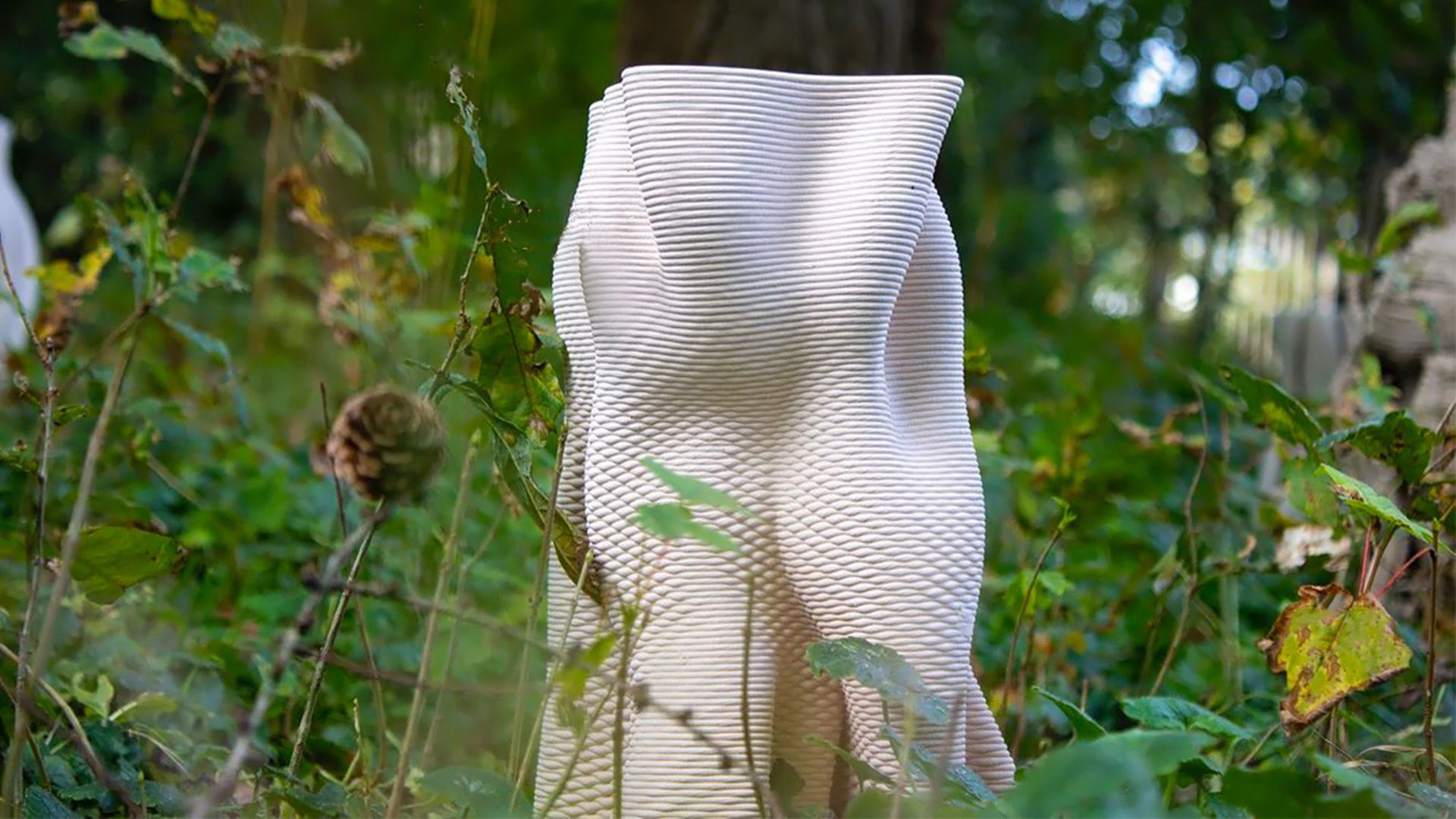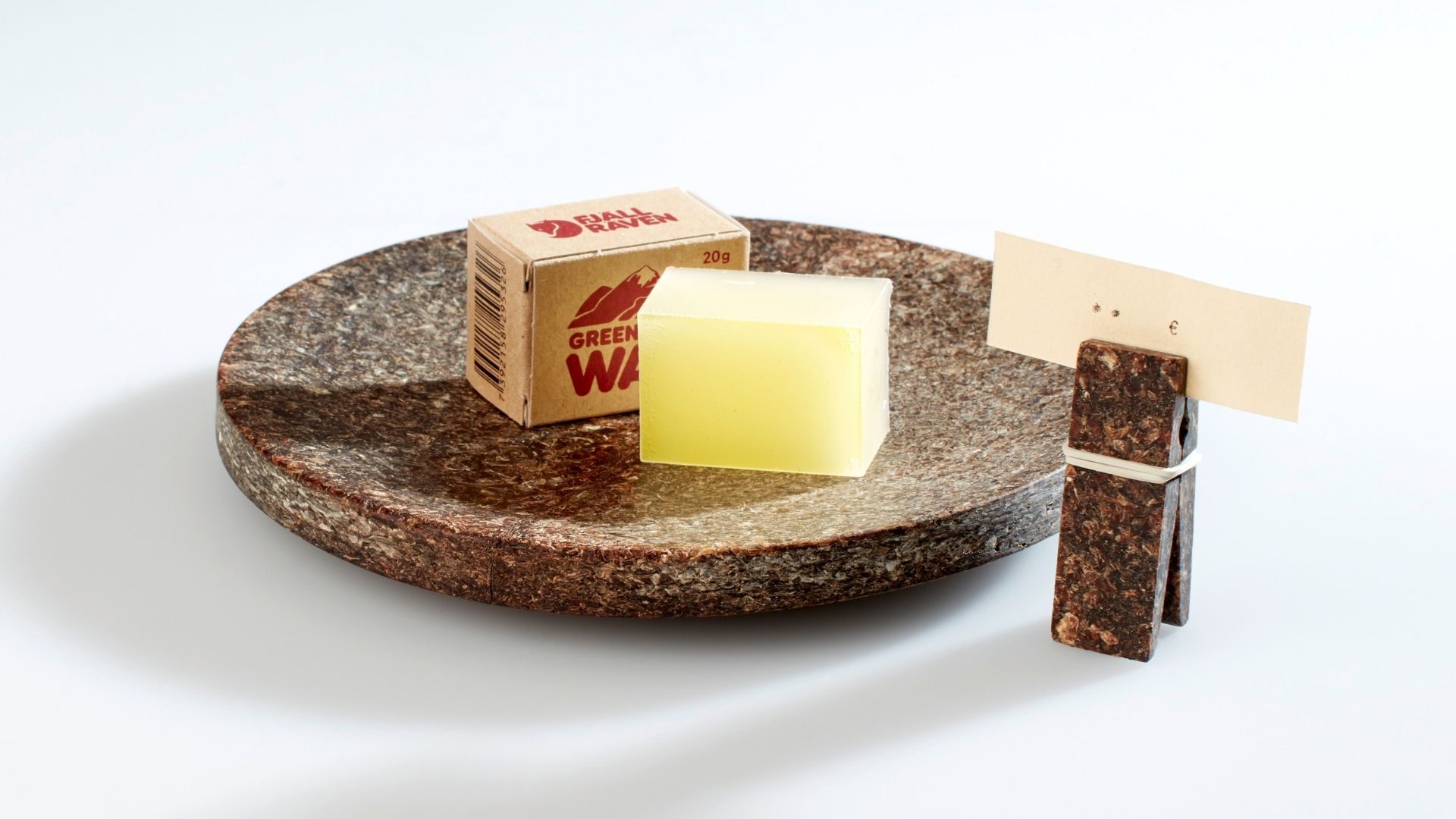The “urban reef” concept aims at making cities more biodiverse
In the Netherlands, a company experimenting with mycelium and computational design proposes a series of 3D-printed urban reefs designed to stimulate water circularity and biodiversity.

Dutch designers Pierre Oskam and Max Latour have come up with a way to make cities more biodiverse, named Urban Reef. Their solution involves using natural materials to create structural ecosystems that can be integrated within the built environment like fountains, for example.
Opting for complex geometries 3D-printed using porous materials including ceramics and other composites made from coffee grounds and mycelium, moisture in the environment will be able to pass through and create the perfect environment for various fungi to grow.
Gallery
Open full width
Open full width
“The most feasible option we are working with is ceramics, but since baking it requires a lot of energy we are investigating more sustainable alternatives,” says Latour. The studio is also experimenting with materials made from coffee and algae.
At present, the team has developed two concept products as a result of their research, first in the form of the “Rain Reef” rain collector with an undulating shape that increases the contact area of the water and the potential hatching surface for vegetation,

“It is 3D printed with a porous material (made from a mixture of seeds, coffee grounds and mycelium), which can get saturated with the collected rainwater, making it accessible to vegetation growing on the outside,” explains Latour.
“The intention is to develop a printable material which is porous, durable, sustainable and bio-receptive.”
The second product is the “Zoo Reef”, which Urban Reef intends as a substitute for fountains in cities. “There is a lot of potential for biodiversity stimulation around urban fountains,” says Oskam.
“We propose a complex labyrinth of spaces which are all interconnected. By differentiation in sizes, orientation regarding sun, wind and rain, varieties of microclimates would develop. Rather than determining top-down which organisms should live where, a range of potential habitats is generated.”

They might be early in the research and development phase but Latour and Oskam’s Urban Reef project could have real-world applicators in the future. As an idea, it’s not so dissimilar from a living wall, except in this case the choice of materials and the structural design promotes their integration within cities without human intervention.
“At Urban Reef we consider the city as a potential habitat to organisms, not exclusively humans,” the design duo explain. “We position ourselves as human within the natural environment deviating from the modernist view of the human transcending nature.”
“From that perspective, we aim to gain a profound knowledge of natural processes to both integrate those in our design methods as well as design with ecologies in mind.”









